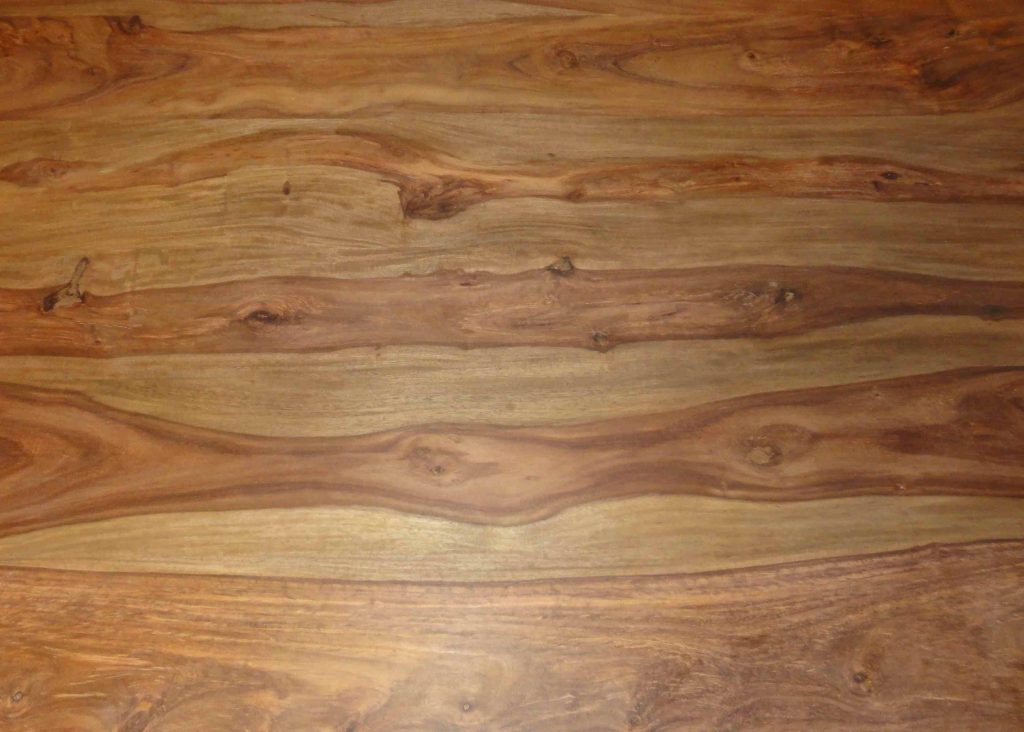The Janka Scale
You have heard us mention the hardness of a wood species and probably have noticed the word “Janka” pop up every now and then in our blogs and social media posts. While it is obvious it has to do with the durability of the wood, what it actually means is not as clear? In this month’s blog, we wanted to talk about the Janka Scale and how different wood species fit into it.
First, a little history:
While referred to locally as the Janka Scale, the official name of this measurement procedure is called the Janka Hardness Test. Named after the Austrian-American researcher Gabriel Janka who created the test, it is a measurement that anyone who has to deal with the durability of wood either works with directly or comes across eventually.
So what is the Janka Hardness Test?


Truthfully, there is a lot of scientific jargon involving physics that we will spare you in this blog. You are welcome! However, if you want to see some of it for yourself, you can go to the Wikipedia entry for the Janka hardness test and follow the resources at the bottom. For our purposes, it is sufficient to describe it simply as the amount of force (measured in pounds) needed to embed a steel ball halfway into a piece of wood.
Obviously, there are different types of industries that might be interested in or use the Janka hardness test, including those that deal with building homes, furniture, and boats. The hardwood flooring industry is also one that uses this test often to make sure a particular wood species will work well in a certain area. While most do not run the test themselves, they are generally aware of the average Janka scale rating for a given species. Here is a table of some species some might consider for flooring and their corresponding Janka rating.


As you can see, many of the species we install are in the middle of the scale. This means they are hard enough to withstand high traffic, pets, and children but are pliable enough to work with successfully. We would not install balsa wood because it would easily break and crumble. It is also highly unlikely that we would install Australian Buloke as flooring because it is extremely difficult to mill and nail.
Additionally, you might think that this scale is used to designate whether something is a “hardwood” or a “softwood.” That would be pretty simple! However, that is not the case. That differentiation comes down to the biological makeup of the tree. You can read about that more in our blog Hardwood vs Softwood.
So what does all this mean for you and your hardwood floor?
Durability is the number one factor when considering the hardness of a wood species. A harder wood, like White Oak or Hickory, can be better resistant to dents and scratches with the appropriate finish. It is also generally true that harder wood species have more dramatic grain patterns – but that is not always the case, so be sure to do your research!
If you are interested in learning more about Janka rating and the differences between types of wood, head over to our blog post Red Oak vs White Oak Hardwood Flooring for an interesting comparison.



